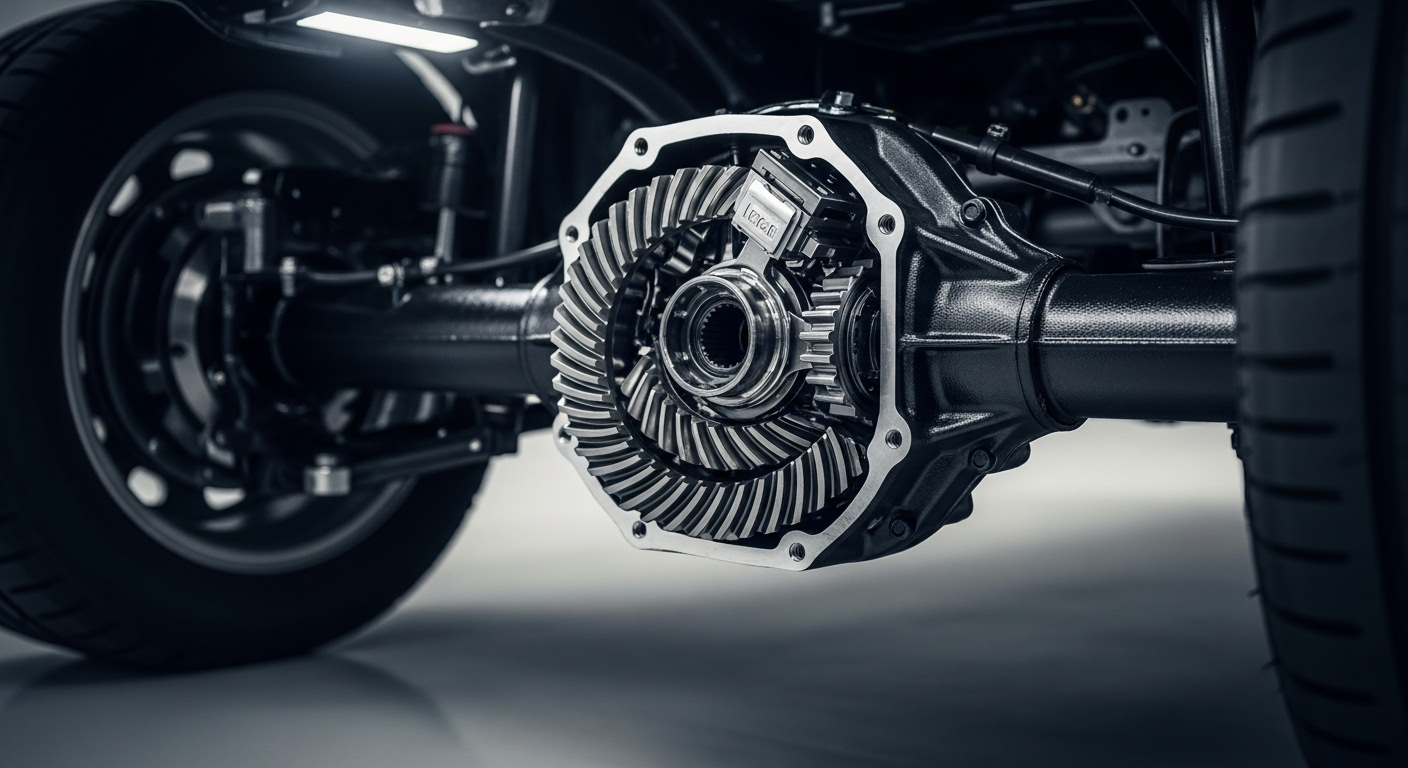Understanding Emissions Testing and Documentation Requirements
Emissions testing and the related documentation are central to determining a vehicle’s legal roadworthiness and environmental compliance. This article explains what emissions tests evaluate, which vehicle systems most often cause failures, and how documentation such as VIN records and maintenance history affects the outcome. Clear information helps owners, buyers, and technicians prepare for testing and address common issues efficiently.

Emissions tests are designed to measure the pollutants produced by a vehicle and to confirm that the vehicle meets applicable regulatory standards. Beyond simple pass/fail outcomes, testing often interacts with vehicle diagnostics, maintenance records, and legal documentation. Understanding what inspectors look for and how documentation and history affect a vehicle’s status can reduce delays, avoid unexpected failures, and guide sensible repairs.
What does an emissions test check?
Emissions testing typically measures exhaust gases such as carbon monoxide (CO), hydrocarbons (HC), nitrogen oxides (NOx), and in some programs particulate matter (PM). Modern tests may also include an onboard diagnostic (OBD) scan to check for engine fault codes, evaporative system leaks, or catalytic converter performance. For diesel vehicles, smoke opacity or specific NOx/PM analyzers are common. Results can indicate whether the engine combustion, fuel system, or emissions control devices are functioning within limits.
How does documentation affect roadworthiness?
Documentation provides the legal and technical context for a vehicle’s emissions status. Records such as registration papers, smog certificates, repair invoices, and emissions test reports may be required for renewal of registration or for transfer of ownership. Proper documentation can show that required repairs were completed after a failure and can help demonstrate compliance with recall or service bulletin remedies. Missing or inconsistent documents can lead to administrative holds or repeated testing requirements in some jurisdictions.
Which vehicle systems relate to emissions failures?
Several systems commonly lead to emissions test failures. The engine and fuel system (injectors, fuel pressure regulators) influence combustion efficiency and pollutant formation. The catalytic converter and oxygen sensors are critical for reducing and monitoring emissions; failures here produce measurable excess pollutants. Issues with the exhaust system, air intake, ignition system, or even the transmission (if it affects engine load) can indirectly increase emissions. Brake, suspension, and frame problems do not directly affect emissions but can impact roadworthiness determinations carried out alongside emissions checks.
How to prepare for a prepurchase emissions check?
When preparing for a prepurchase inspection, check the vehicle’s maintenance and diagnostics history. Request service records showing recent tune-ups, catalytic converter replacements, or OBD repairs. Verify the VIN and vehicle history report to confirm there are no unresolved recalls or salvage events that could complicate registration and testing. A short drive at highway speeds before testing can help the engine reach operating temperature and allow the catalytic converter to perform optimally, which often improves test outcomes.
How to read VIN and history records for emissions issues?
The VIN is a unique identifier that links a vehicle to its manufacturing details, service history, and past registrations. A history report can reveal patterns such as repeated engine or emission-related repairs, salvage or flood damage indicating possible rust or frame issues, or title branding that affects legal status. Look for entries related to recalls, emission-related service campaigns, or repeated fault codes in diagnostics reports. Clear documentation of completed repairs is particularly important if a previous emissions test failure is shown.
When are diagnostics and maintenance recommended?
Routine maintenance and timely diagnostics are the most reliable ways to avoid emissions failures. If the check engine light is on, have a diagnostics scan performed to read stored fault codes and freeze-frame data. Address oxygen sensor faults, catalytic converter inefficiencies, and engine misfires promptly. Regular checks of the fuel and ignition systems, as well as inspections for exhaust leaks and rusted components, help maintain compliance. For older vehicles, assess frame and rust condition as part of a comprehensive roadworthiness evaluation, since severe structural damage can affect registration even if emissions pass.
Conclusion
Emissions testing intersects both technical checks and administrative documentation. Knowing which systems most influence test results, keeping thorough records, and performing timely diagnostics and maintenance all contribute to smoother testing and clearer outcomes. For buyers, sellers, and owners, a combination of mechanical readiness and organized documentation reduces the risk of unexpected failures or registration hurdles.






